 |
| Guava fruit |
When entering the vast, colorful and vibrant garden of Mr. Ho Quoc and his wife, I realized that the "introductions" from the villagers were compliments for their diligence, hard work, perseverance, and the sweat that seeps into the ground every day. Despite the harsh summer sun, the guava trees are still full of fruit. Squash, pumpkin, and tomatoes are lush and plump. Rows of mustard greens, lettuce, and coriander are just starting to grow green. Water spinach, Malabar spinach, and fish mint are waiting for people to pick them. Several rows of chrysanthemums and gerberas are waiting to be harvested. His family's two fish ponds are nearly 1,000 square meters wide, and each year they harvest more than 300 kilograms of grass carp and tilapia, not to mention shrimp and prawns.
Mr. Ho Quoc and his wife's day starts at 3am. Taking care of plants, weeding, watering, catching insects, harvesting. Before dawn, when the village was still asleep, Mrs. Tran Thi Cho, Mr. Quoc's wife, loaded all kinds of harvested vegetables and fruits onto her electric bike and took them to A Luoi market. At this time, Mr. Quoc also left the house, followed the rice fields to harvest eel tubes, which he had set traps for the previous afternoon, and then hurriedly brought them to the market for his wife to sell.
After the market, the couple returns to the 7 acres of land around the house. After planting and watering, they turn to weeding and fertilizing. In the afternoon, the husband goes to the garden to cut grass for fish food; the wife is "in charge" of cutting water spinach, Malabar spinach, picking eggplants, and picking squash to prepare for the next day's market.
For many years, Mr. Quoc and his wife have effectively implemented the model of growing clean organic vegetables in greenhouses. Fertilizers for plants and flowers are all traditional organic fertilizers such as manure (pig, chicken, cow) that have been composted to eliminate pathogens and weeds, as well as decomposed into easily digestible substances for plants. Instead of spraying pesticides, they choose to shine flashlights at night to catch insects for plants and leaves.
“The family’s greenhouse area is 560 square meters, mostly used to grow tomatoes, various types of vegetables, lettuce, Malabar spinach, etc. In the summer, the greenhouse temperature increases, so the amount of vegetables harvested is not much, but in return, in the rainy season, especially the vegetable crop before and after Tet, the yield of vegetables harvested in the greenhouse is higher than that grown outside due to the heavy rain causing waterlogged leaves. In the past, my wife and I worked in the fields. Later, we saw that growing vegetables was more economically efficient, so we decided to switch to specializing in growing vegetables. By diligently learning and gaining experience from the production process, the family’s vegetable garden brings a stable and sustainable income,” Mr. Quoc and his wife shared.
Along with vegetables, he and his wife also grow flowers such as chrysanthemums, lilies, and gerberas. In addition to the two chrysanthemum crops for the full moon of April and the full moon of July, he also focuses on the Tet flower crop. “Tet flowers are sown around October. Every year, my family plants about 8,000 to 10,000 chrysanthemums; about 2,000 to 3,000 lilies; and more than 1,000 gerberas. My wife and I are engrossed in the garden, never stopping to take care of fruit trees, vegetables, flowers, and fish. We also take the time to set eel traps. It is hard work, but we are happy and joyful with the fruits of our labor. Life is getting better every day” – the smile brightens the sun-tanned face of the highland farmer.
In 2022, the Chairman of the Provincial People's Committee signed a decision to award a Certificate of Merit for having an effective production and business model, which is a recognition of Mr. Quoc's family's efforts in labor and production in the locality. And for a couple in the highlands, with harsh climates, but "greedy" for labor, to thereby master a prosperous life, is the most precious "reward".
Source: https://baothuathienhue.vn/kinh-te/doi-vo-chong-o-vung-cao-tham-lao-dong-143770.html








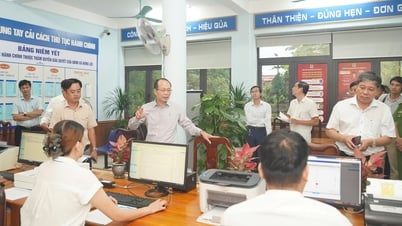

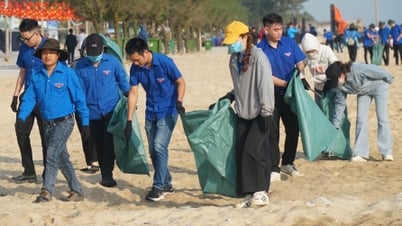


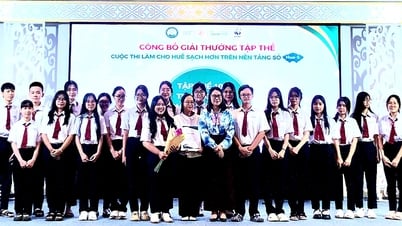
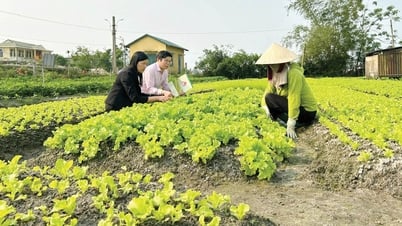




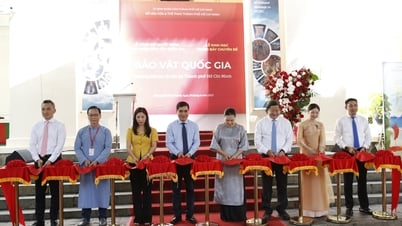



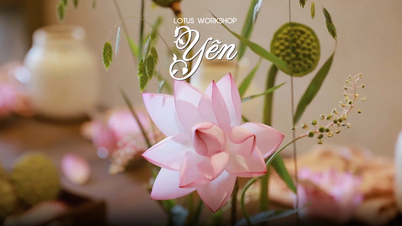




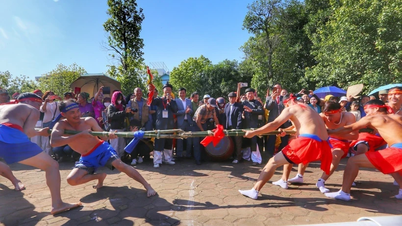

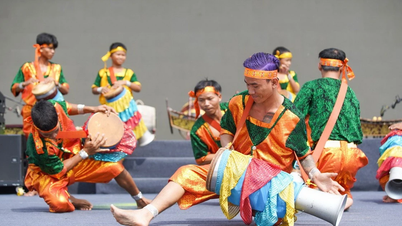


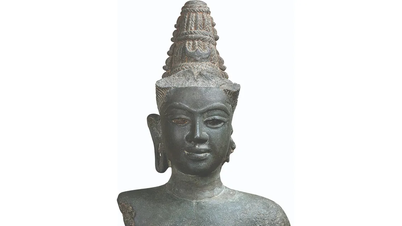





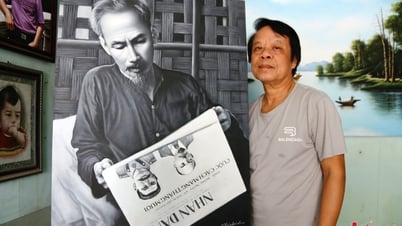





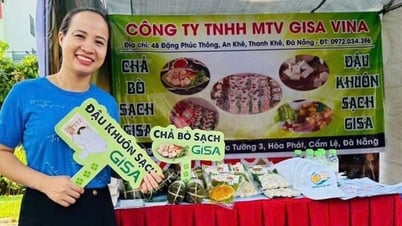



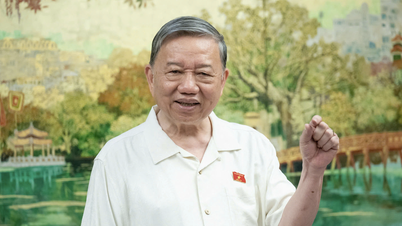





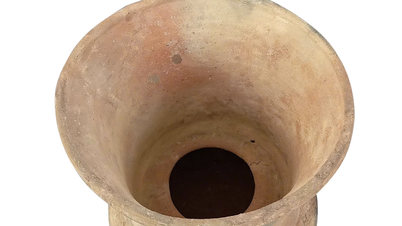



![[Infographic] Circular guiding the functions, tasks and powers of the provincial Department of Culture, Sports and Tourism and the commune-level Department of Culture and Social Affairs](https://vphoto.vietnam.vn/thumb/402x226/vietnam/resource/IMAGE/2025/6/29/877f24989bb946358f33a80e4a4f4ef5)





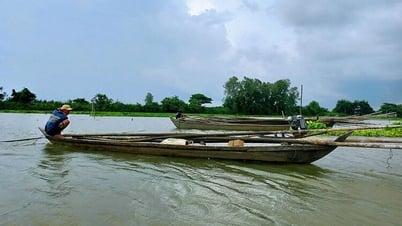

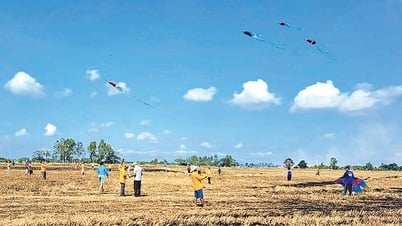
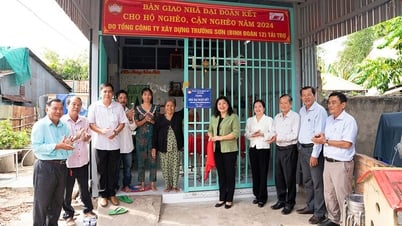
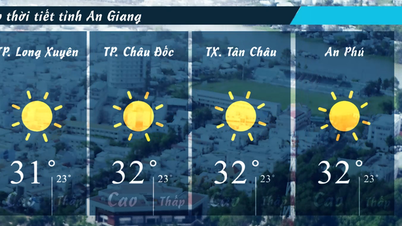
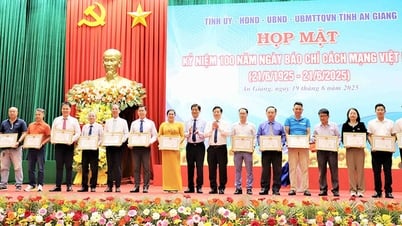
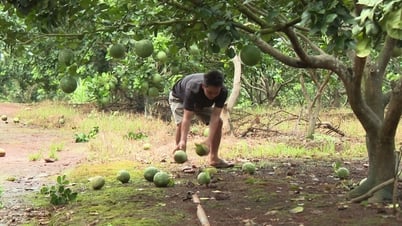

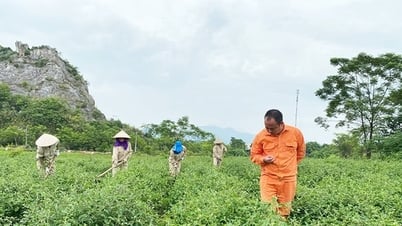













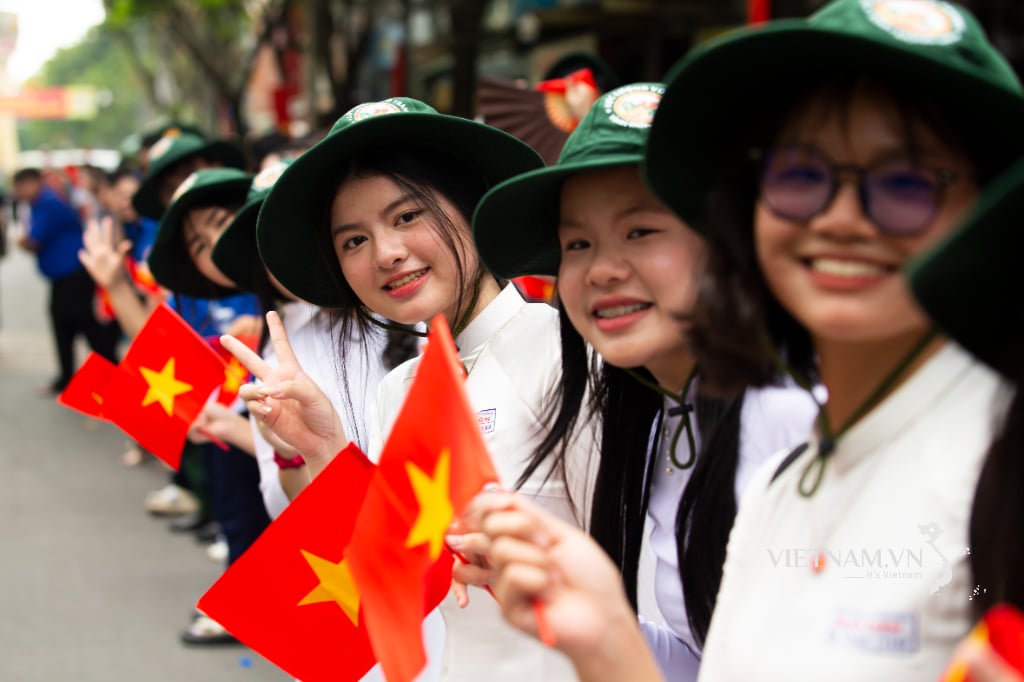
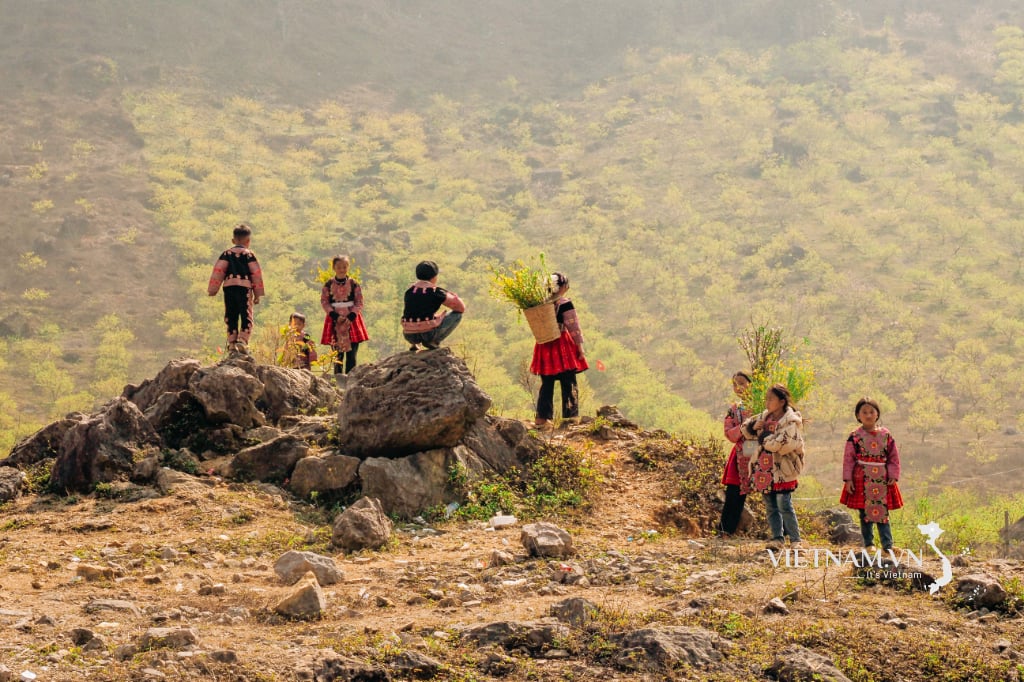
Comment (0)